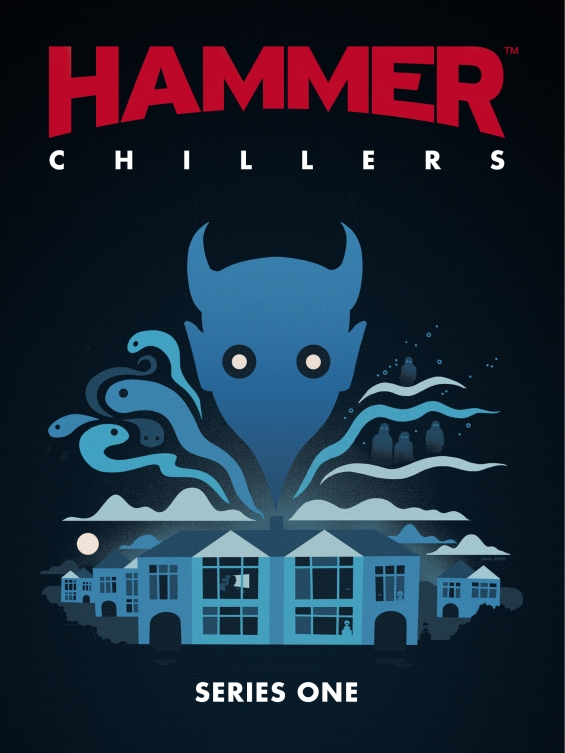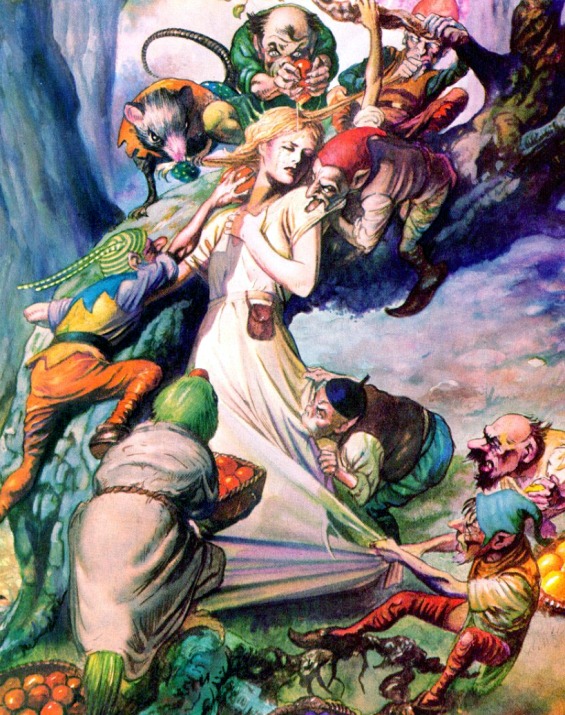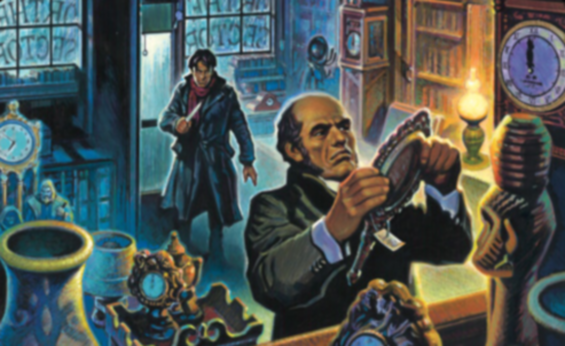
 Dangerous Visions “A season of dramas that explore contemporary takes on future dystopias” is the title for new BBC Radio 4 programming that airs from Saturday June 15 to Friday June 21, 2013.
Dangerous Visions “A season of dramas that explore contemporary takes on future dystopias” is the title for new BBC Radio 4 programming that airs from Saturday June 15 to Friday June 21, 2013.
Here’s the official description:
Alternative worlds dominate radio drama this week. To complement productions of The Drowned World and Concrete Island (next week) by the master of the near future J.G. Ballard, writers imagine their own dystopias in our season Dangerous Visions. As well as the maternal death syndrome threatening the survival of the human race in The Testament Of Jessie Lamb, dramatised from her own novel by Jane Rogers, the original plays ask what happens if sleep is outlawed? If cloning becomes a matter of course, and your loved ones are indistinguishable from their cloned replicants? If North London declares UDI against the wasteland of South London? If human sacrifice becomes an accepted necessity? If one man becomes immortal? Along with other related programmes on Radio 4, 4 Extra completes the season with a chilling new four-part serialisation of William Golding’s classic fable, Lord of the Flies, exploring the very essence of good and evil.
Here are the programs, and related goodness:
Saturday 15th June:
Dangerous Visions: The Sleeper
Radio 4, 1430: A fable for our times. In The Sleeper by Michael Symmons Roberts we see our own society as it is today but with one familiar element removed. This is a Britain in which, decades ago, human beings gradually lost the gift of sleep. With Maxine Peake and Jason Done.
Archive on 4: Very British Dystopias
Radio 4, 2000: Beneath the calm surface of British politics, lurking in the imaginations of some of our leading writers, terrible things have happened. Professor Steven Fielding examines these dystopian visions which have gripped creative and public imaginations.
Lord of the Flies: Fire on the Mountain (part 1 of 4)
Radio 4 Extra, 2300: William Golding’s classic story about a group of boys plane-wrecked on a deserted island. New dramatisation by Judith Adams, with Ruth Wilson narrating.
Sunday 16th June:
Dangerous Visionaries
Radio 4, 1445: As Radio 4 begins its new season of Dystopic Dramas, Dangerous Visions, the playwright and poet Michael Symmons Roberts wonders how close the gap between imagining and living in dystopia actually is.
Dangerous Visions: The Drowned World
Radio 4, 1500: JG Ballard’s story of a scientific mission surveying drowned cities. This is a future where the earth’s atmosphere, and human consciousness, has eroded. Adapted by Graham White.
Dangerous Visions: Face to Face with JG Ballard
Radio 4 Extra, 1800: The late author of Empire of the Sun and many works of speculative fiction reveals his perspective on the world and the media.
Monday 17th June:
Dangerous Visions: The Testament Of Jessie Lamb
Radio 4, 1045/1945, Monday to Friday: Jane Rogers dramatises her award winning dystopian novel about a teenage girl who decides to save humanity. Starring Holliday Grainger as Jessie Lamb.
Dangerous Visions: Billions
Radio 4, 1415: Blake Ritson and Raquel Cassidy star in Ed Harris’s wicked tale of love and deception, in which Mark comes home to find a replacement wife provided by her insurance company.
Tuesday 18th June:
Dangerous Visions: Invasion
Radio 4, 1415: On his return from Mars, Astronaut Kadian Giametti wakes up in quarantine. Slowly he discovers that the world outside his cell has changed beyond recognition.
Wednesday 19th June:
Dangerous Visions: London Bridge
Radio 4, 1415: In Nick Perry’s dark vision of the future, the River Thames has become a border separating the crime-free police state of North London from the lawless slumland of the South.
Thursday 20th June:
Dangerous Visions: Death Duty
Radio 4, 1415: In Michael Butt’s dark vision of the future, a city-state plagued by drought has instituted a system of sacrifice in a desperate measure to bring about rain. With Nicholas Jones.
[Thanks to David and Roy!]
Posted by Jesse Willis






